Finding vaccines, organ transplants, immunotherapy for cancer treatment are breakthroughs in world medicine over 200 years.
Vaccination (in 1796)
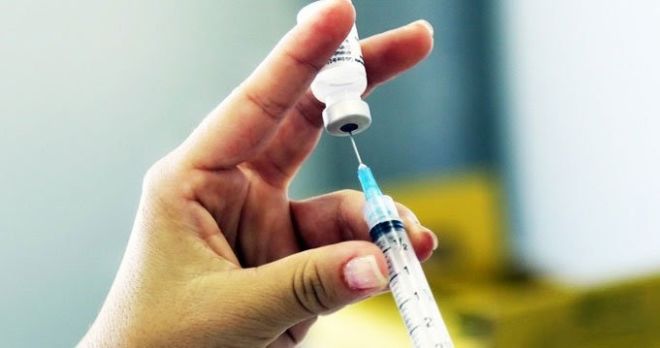
In 1796, Edward Jenner (England) tested the vaccination method to tame smallpox virus. Since then, vaccines have been widely used and very effective. Smallpox, which killed many lives during the 17th and 18th centuries, was completely eliminated with vaccines.
Many other vaccines were then developed against dangerous diseases around the world, including smallpox, rabies, tuberculosis and cholera. Today vaccines are considered an important invention of mankind, helping prevent many infectious and non-communicable diseases.
Anesthetic agents (1846)
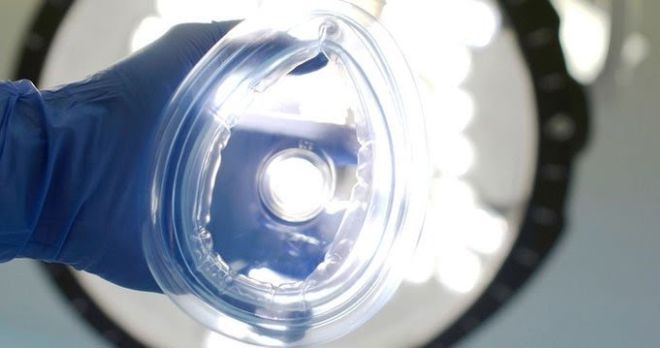
Since BC, people have conducted many experiments on anesthetics. In 1846, Dr. William TG Morton (USA) successfully used the anesthetic ether in surgery, opening a new page for medical history.. Shortly thereafter, chloroform, a faster anesthetic, was widely used.. However, chloroform carries many risks for patients, and some deaths should be banned.
Over 150 years have passed, safer anesthetics have been developed, helping patients to reduce pain during surgery.
Pathogen theory (1861)
Before the germ theory was introduced, many believed that the origin of disease was “spontaneous” . In other words, ancient doctors thought that illness could appear in the air itself, instead of spreading through the air or being spread through direct skin contact.
In 1861, by a simple experiment, French bacteriologist Louis Pasteur proved that the origin of infectious disease was that germs attacked people. This discovery marks an important milestone in medical history, changing the way to treat, control and prevent disease, prevent epidemics from taking thousands of lives every year such as plague, dysentery and typhoid fever. .
Medical photo (1895)
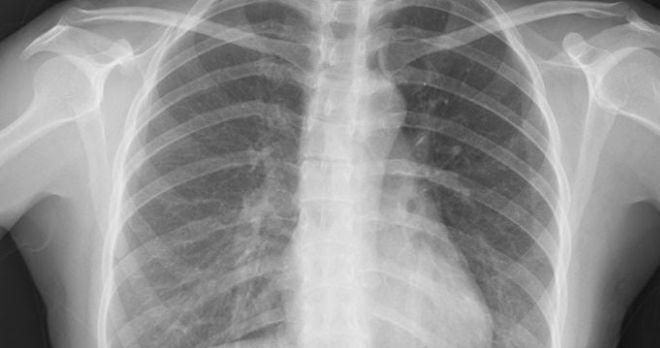
X-ray is the first medical imaging diagnostic technique in history. In 1895, German physicist Wilhelm Conrad R?ntgen discovered this technique when he was experimenting with electricity through cathode ray tubes. Just overnight, his discovery completely changed the medical industry. In 1896, Glasgow Hospital opened the world’s first radiology department.
Ultrasound has been in the diagnostic imaging department since 1955. Doctors use high-frequency sound waves to create technical images, to support diagnosis.
In 1967, computerized tomography (CT) technology was invented, using X-rays and computers to diagnose many different diseases. CT scanners have become an important diagnostic tool in modern medicine.
Magnetic resonance imaging (MRI) technology was invented in 1973 by Paul Lauterbur. Nuclear magnetic resonance data produces detailed images of the body, detecting tumors, cysts, brain and spinal cord injury and a number of heart and liver problems.
Penicillin (1928)
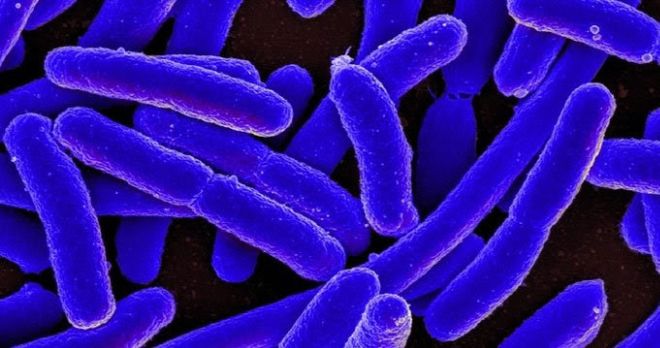
Penicillin is the first antibiotic in the world. This discovery by scientist Alexander Fleming (England) in 1928 completely changed the battle with deadly bacteria.
More than 10 years later, Fleming’s discovery was recognized, and American pharmaceutical companies produced mass penicillin for World War II.
Penicillin’s appearance saved millions of people. Unfortunately, some increasingly antibiotic-resistant bacteria today lead to a global antimicrobial crisis, prompting the medical industry to quickly find a way to treat bacterial resistance.
Organ transplantation (1954)
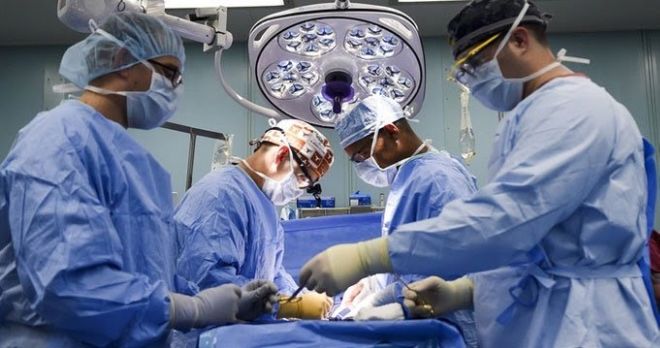
In December 1954, the first successful kidney transplant surgery was performed by Dr. Joseph Murray and Dr. David Hume in Boston (USA). Previously, there were many other transplant surgeries but all failed.
In 1963, the first lung transplant was performed. Five years later, the pancreas / kidney transplant was successfully performed, followed by liver and heart transplant surgery in 1967.
Organ transplants are becoming more complex. In 1998, the doctors succeeded in transplanting their hands, and in 2010 the whole face transplant surgery.


